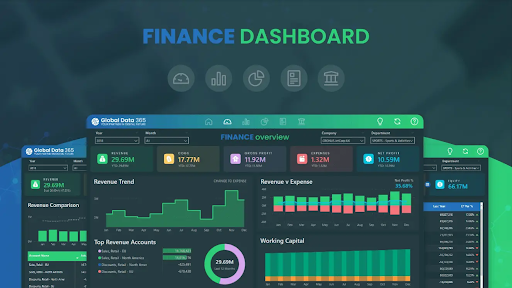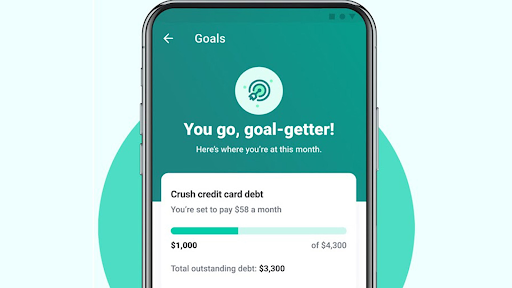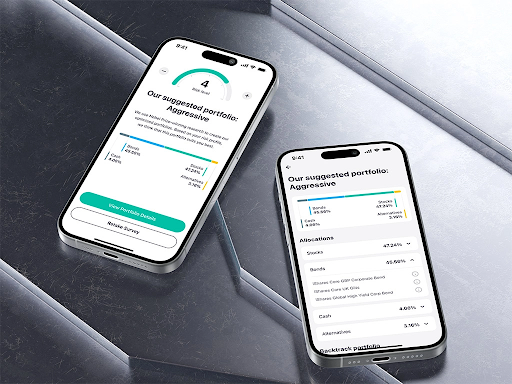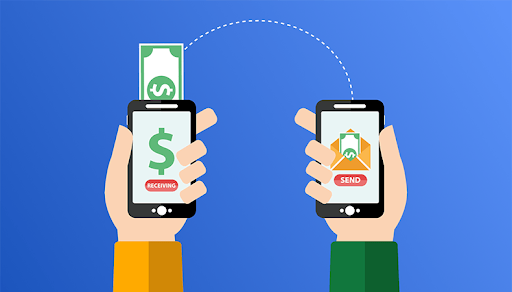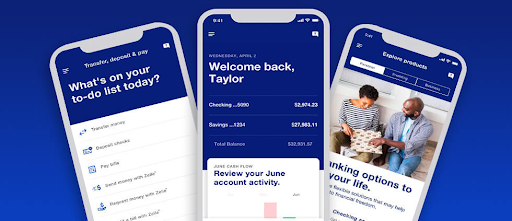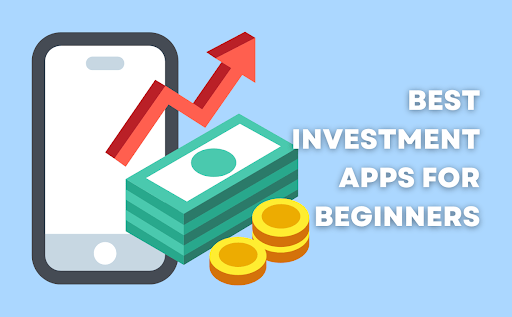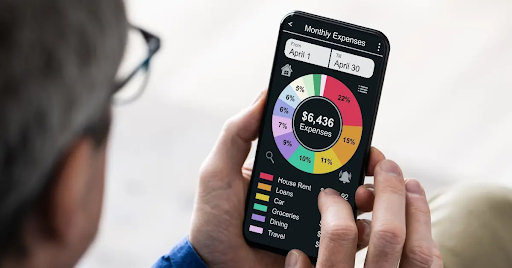Debt can feel like a heavy burden, impacting financial freedom and peace of mind. With U.S. household debt reaching a record $18.20 trillion in Q1 2025, and average household debt at over $105,000, many Americans are actively seeking effective strategies to manage and eliminate what they owe. This is where debt management apps emerge as powerful finance technology apps, transforming a daunting task into a structured, motivating, and achievable goal.
These apps go beyond simple budgeting, offering specialized tools and features designed specifically to help you track, strategize, and ultimately conquer your debt. Let’s explore the invaluable role debt management apps play for U.S. consumers and highlight some of the best options available today.
Why Debt Management Apps Are Essential for U.S. Consumers
Dealing with multiple debts – credit cards, student loans, auto loans, mortgages – can be overwhelming. Debt management apps provide clarity and a clear path forward by:
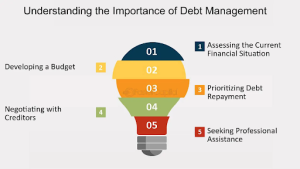
- Centralized Debt Tracking: Link all your debt accounts in one place for a holistic view of your total outstanding balances, interest rates, minimum payments, and due dates.
- Strategic Payoff Planning: Many apps help you implement popular debt payoff strategies like the “debt snowball” (paying off smallest balances first for psychological wins) or the “debt avalanche” (paying off highest interest rates first to save the most money). They calculate projected debt-free dates based on your chosen method.
- Motivation & Progress Tracking: Visual dashboards, progress bars, and regular updates keep you motivated by showing how much debt you’ve eliminated and how close you are to becoming debt-free.
- Payment Reminders & Automation: Avoid late fees and missed payments with automated alerts and, in some cases, the ability to schedule or automate payments directly through the app.
- Identify Extra Funds: Some apps analyze your spending and income to help you find “extra” money within your budget that can be directed towards accelerating debt payoff. This might involve identifying unused subscriptions or negotiating bills.
- Financial Education: Many apps offer educational resources, articles, and tips on budgeting, debt reduction strategies, and improving your credit score.
- Credit Score Monitoring: While not their primary function, some debt management apps integrate with credit score monitoring services, allowing you to see how your debt reduction efforts are positively impacting your credit health.
Key Features to Look for in a Debt Management App
When choosing a debt management app in the U.S., consider these functionalities:
- Debt Consolidation View: A dashboard that aggregates all your debts (credit cards, loans, etc.) in one easy-to-understand format.
- Payoff Strategy Customization: Ability to choose and apply debt snowball, debt avalanche, or custom payoff methods.
- Debt-Free Date Projections: A calculator that estimates when you’ll be debt-free based on your current payments and chosen strategy.
- Payment Tracking & Reminders: Features for logging payments and receiving alerts for upcoming due dates.
- Integration with Financial Accounts: Automatic syncing with your bank accounts and credit cards to track balances and transactions (though some users prefer manual input for privacy).
- Visual Progress Reports: Charts and graphs that clearly show your debt reduction journey over time.
- Budgeting Tools (Integrated or Complementary): Many debt management apps work best when combined with solid budgeting practices. Some include built-in budgeting, while others integrate with popular budgeting apps.
- Security: Bank-level encryption and secure data handling practices are non-negotiable.
- Cost: Evaluate whether a free app meets your needs or if the features of a paid subscription justify the cost.
Top Debt Management Apps for U.S. Residents
Here are some of the highly-rated debt management apps that cater to various user needs in the U.S.:

- Debt Payoff Planner & Tracker:
- Best For: Users who want a laser-focus on debt payoff strategy and visual progress.
- Key Features: Dedicated debt payoff calculator, supports snowball and avalanche methods, clear projected debt-free dates, progress charts.
- Considerations: Primarily focused on debt payoff; budgeting features may be less comprehensive than all-in-one apps. Offers a free version with a Pro version for more features.
- Undebt.it:
- Best For: Customizable debt payoff plans and advanced features for a low annual fee.
- Key Features: Supports up to eight different payoff methods, detailed tracking of debt-free progress, various calculators, and a unique “debt snowflake” tracker (for extra payments). Web-based with mobile-friendly access.
- Considerations: Primarily web-based, though mobile-friendly. Free version offers core features, with Premium for $12/year.
- You Need A Budget (YNAB):
- Best For: Those committed to a zero-based budgeting philosophy to free up money for debt.
- Key Features: Loan payoff simulator, real-time spending tracking, emphasizes intentional spending to accelerate debt payoff. Offers extensive educational resources.
- Considerations: Requires a high level of commitment to its methodology; has a subscription fee ($14.99/month or $109/year).
- Rocket Money (formerly Truebill):
- Best For: Identifying and canceling unwanted subscriptions and finding extra cash to put towards debt.
- Key Features: Automatically identifies and helps cancel subscriptions, bill negotiation service, automated savings tools, and basic budgeting.
- Considerations: While it helps free up money for debt, its core focus isn’t solely debt management. Offers a robust free version with premium features available via subscription.
- Tally:
- Best For: Managing and accelerating payoff of credit card debt.
- Key Features: Acts as a credit line that can help consolidate high-interest credit card debt into one lower-interest payment. Automates payments and helps manage due dates.
- Considerations: It’s a line of credit, so it’s a financial product, not just a tracking app. Eligibility for its credit line depends on your credit score, and it charges interest.
- Bright Money:
- Best For: AI-powered credit card debt optimization and automated payments.
- Key Features: Analyzes your spending, balances, and APRs to optimize credit card payments, aims to build credit score, and can automatically draw funds to pay cards efficiently.
- Considerations: Primarily focused on credit card debt; typically involves a subscription fee.
Getting Started with Your Debt Management Journey
- Assess Your Debts: Before downloading an app, list all your debts, including balances, interest rates, minimum payments, and due dates.
- Choose Your Strategy: Decide if the debt snowball or debt avalanche method appeals more to you, or if you prefer a customized plan.
- Select an App: Try out free versions or trials of a few apps to see which interface and features resonate with you.
- Link Your Accounts (Carefully): If the app offers linking, ensure you’re comfortable with its security protocols. Alternatively, some apps allow manual input.
- Stay Consistent: The key to debt payoff is consistency. Regularly check your app, make payments on time, and stick to your chosen strategy.
Conclusion
In a financial landscape where debt is a significant concern for many, debt management apps have emerged as essential tools for U.S. residents. These finance technology apps provide a structured, motivating, and highly effective way to gain control over what you owe, set clear goals, and accelerate your path to financial freedom.
By centralizing your debt information, applying smart payoff strategies, and keeping you motivated with visual progress, a good debt management app can transform an overwhelming burden into a manageable challenge. Don’t let debt dictate your financial future. Embrace the power of these innovative apps, and take the proactive steps necessary to conquer your debts and build a more secure financial foundation.


